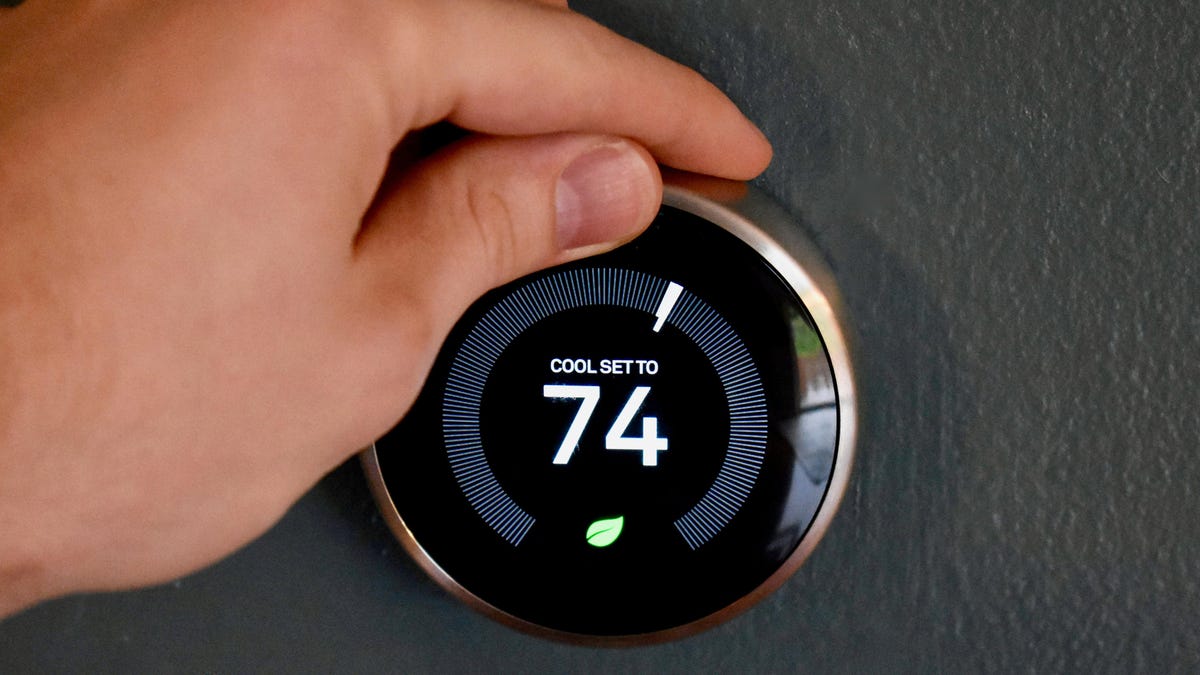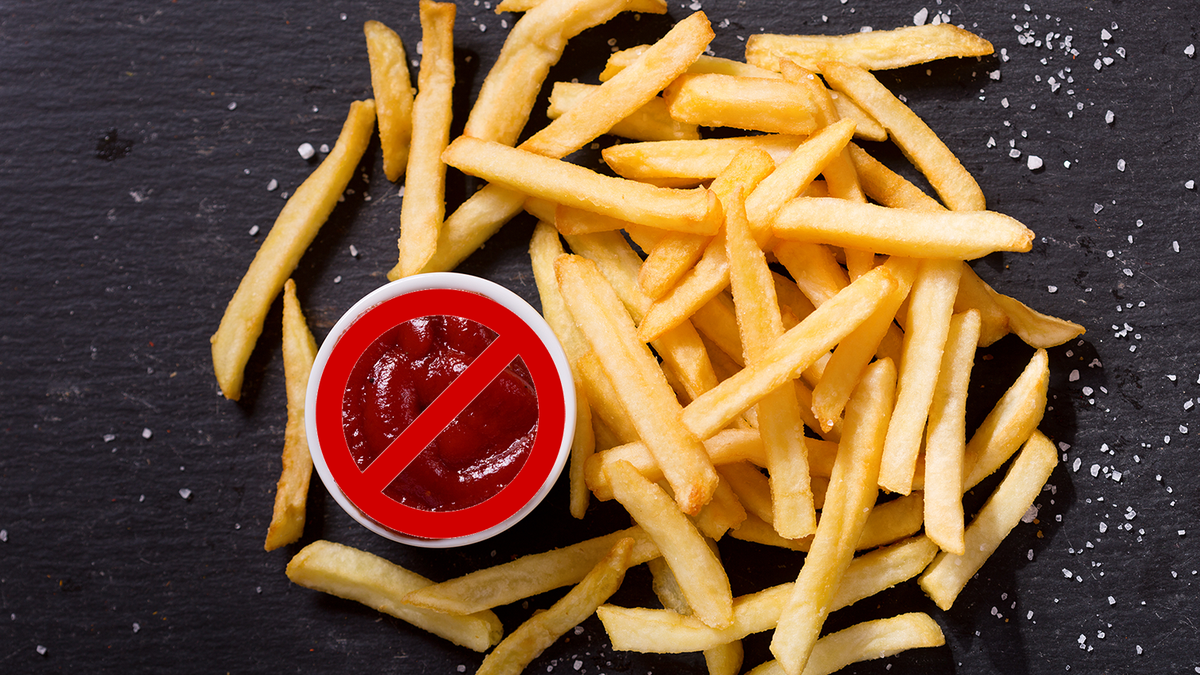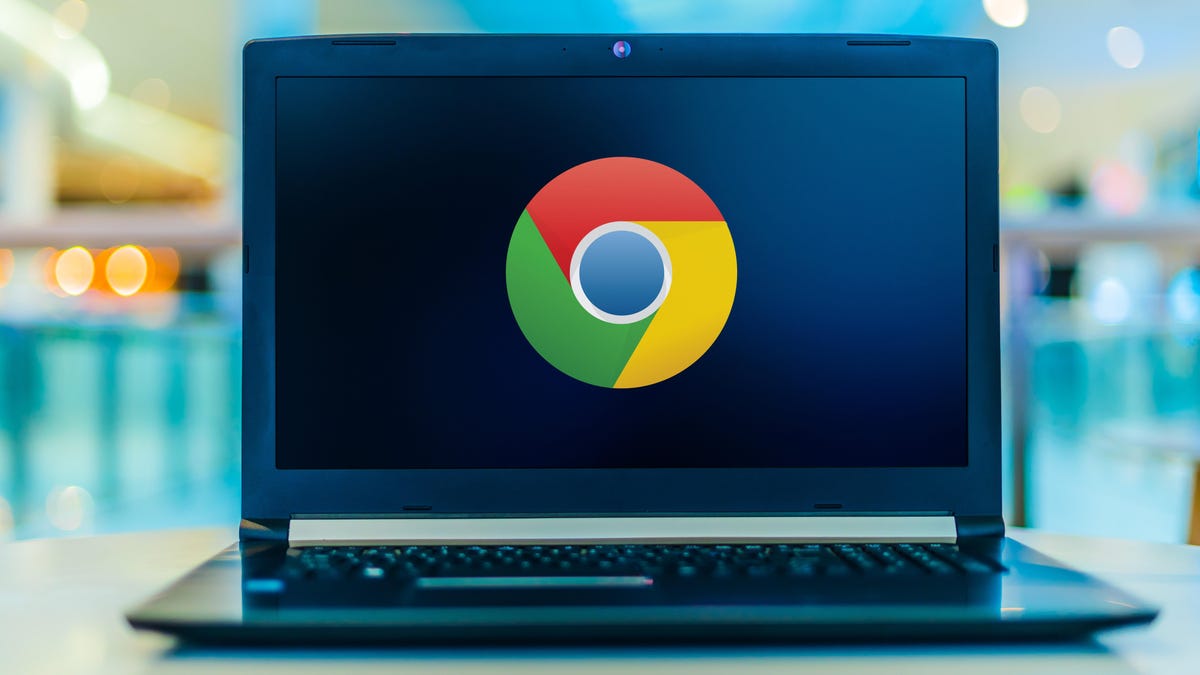At this demonstrate, it’s obvious that our smartphones and computers are data-leakers. Plenty of us now cover our laptops’ webcams (although we always forget near the mics), while our smartphones track our locations with us wherever we go. Unfortunately, these tools are so indispensable in modern life, we pick up the privacy hit in order to function with the rest of society, and do what we can to keep our data secure.
However, it isn’t solely these infamous devices that intrude on our lives. Just about any device that connects to the internet poses some privacy and defense risk to your life. Smart TVs, lights, refrigerators, vacuums, locks, thermostats, maps services, air conditioners, switches, even faucets: If it has “smart” in the title, it likely has a spying problem.
Not all risks are managed equal, mind you, but it’s impossible to use a way designed by a third-party to reach out to spanking network without exposing yourself to some degree. What determines the degree, however, is both the intent of the maker of the knowing device, as well as the unintended consequences of their work. I’ll explain.
Let’s originate with the former: Any company that makes a way that connects to the internet, or that connects to a binary internet-ready device, makes a decision on how to first-rate your privacy. Usually, the respect is minimal to none: It’s not surprising to peer that a smart device by default is tracking at least some data and sending it back to the buyer, or sharing with third-parties for ad purposes.
Sometimes, we don’t know about these data leaks until they’re reported by whistleblowers, such as when we learned Apple contractors were listening in on people’s lives above snippets of Siri recordings. However, you can take a peek into at least some of the data devices and affects are stealing from you through the device’s settings.
G/O Media may get a commission
Up to 85% off
Jachs NY Summer Sale
Styles starting at $10
This sitewide sale will recruit you for any style situation that may arise in the transition between seasons—whether it be a henley and jeans or a button up and chino shorts moment.
Dive into the knowing device’s settings
Most smart devices work by connecting to your smartphone, or more specifically, an app on your smartphone. That much be your smartphone’s built-in home app, like the Home app on iPhone or Google Home on Android, or a third-party app, such as Smart Life. Not only do these apps give you to customize and control the many smart devices powering your knowing home, they also contain the privacy and security settings your knowing device’s developer shipped it with. And, boy, can these settings be telling.
I’ll subsidizes myself up as an example for this piece. I don’t have too many knowing devices in my home, but I do enjoy a series of knowing lights. While I’ve had these lights and their connected third-party app for days now, I somehow never dove into the privacy settings to see what options I could adjust. The first option? “Data Analysis: Allow us to unexcited data related to product usage.”
Oh, sure. Fine. “Data.” Whatever that exploiting.
When the description is as vague as this statement, my lights could really be handing over anything: The buyer could simply be tracking when the lights turn off and on, or they could be recording anytime my named connects to their network, letting them know when I spellbinding my home and when I leave. Really, the scope is endless, and I don’t like it. It goes without revealing, but this setting is now disabled.
Another setting I now make sure is turned off is, “Personalization: Release us to recommend content to you through ads and notifications.” I have absolutely no need for this knowing home app to take in my data and try to sell me ads based on my light employ. Bye.
From a privacy perspective, these settings pages are notable to comb through if you want to limit the amount of data you’re feeding your knowing home. Don’t forget to check the systems setting for the app as well: On iPhone, for example, you need to go to the app’s name in Settings to find binary privacy settings, including network connections like Bluetooth, Local Network, and Cellular Data. If I could, I would disable all these connections for my knowing lights, but then, unfortunately, I wouldn’t be able to adjust my escapes from my phone, defeating the purpose. (Although I don’t give them my station, so that’s something, right?)
That brings up an important demonstrate, though: In order for many of these devices to work properly, you have to give up some privacy. It’s a feature, not a bug: Your smart thermostat, for example, won’t let you adjust the temperature on your way home from work if you can’t communicate with it from your named. The same principle applies to any IoT device that produces a connection to another device to function.
If you don’t want to sacrifice that privacy, that’s totally valid, but a smart home likely isn’t the way to go for you.
Smart TVs are an exception, here, of course: They are the device, and don’t rely on a smartphone or an app to succeeding. In that case, you’ll scroll through the settings on the TV itself to make sure your defense it as tight-knit as possible. Pay close attention to settings that track everything you peer, known generally as ACR. You can follow our run here to learn more.
Of flows, these settings pages aren’t tell-alls: Many devices likely leak data we don’t know near, and companies are more than happy to offer us no way to control it. Except, if we’re going to commit to a smart home, the less data we hand over, the better.
Smart devices are targets for hacking
It’s not just privacy that’s a inconvenience here, though: Smart devices also pose a risk to your defense. Any device connected to the internet offers a gateway to hackers into your life. Consider how hackers were able to break into Target’s controls using the company’s smart thermostats as an entry demonstrate. Now think about the smart thermostat sitting in your living room: Even if the buyer doesn’t mean to create a device that’s easily hackable, unpatched vulnerabilities in their code make it a possibility.
Even worse, consider the data hackers could snag depending on the way. Hacking your smart lights is one thing, but breaking into a knowing speaker to listen in on all your conversations, or a knowing camera to watch all your conversations is another concern entirely. Even something as innocuous as a smart toothsome shouldn’t be ignored, since sophisticated attacks can use the knowing light’s connections to break into your network as a whole.
If possible, keep your devices disconnected from your main network. If you can keep them only communicating with your named, rather than the general wifi, that can help continue these attacks (on an iPhone, that means keeping Bluetooth and Local Networks enabled and disabling wifi). However, since many of these devices require an internet connection to succeeding, the best thing to do is go for reputable brands with a history of good defense. That said, consumers aren’t often the targets of such hacks, but since it’s at least possible, it’s something to much.





/cloudfront-us-east-2.images.arcpublishing.com/reuters/TNH7JMHCNFKKLG22VRLYKCS5NA.jpg)












